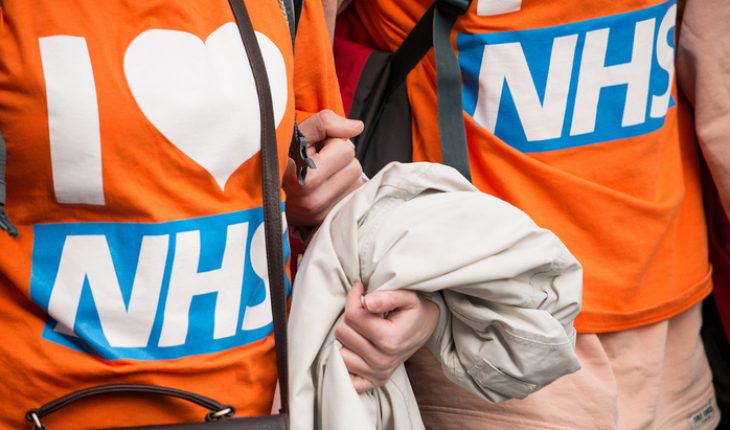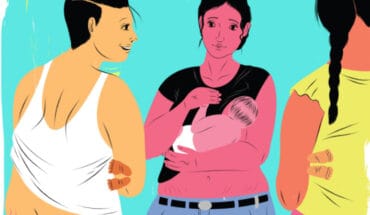The announcement of additional mental health workers in the NHS by Health Secretary Jeremy Hunt may look impressive to the public gaze, however the figures being discussed don’t seem to add up. The ongoing staffing cuts of nurses and front line staff and efficiency savings seem to contradict the pledges of investment to achieve parity of esteem in mental health services.
The plan to recruit enough nurses by 2020 seems overly ambitious given recent reports of nurses leaving the profession in droves – a situation fuelled by prioritising performance targets over patient care, pay cuts and difficult working conditions.
The plan to recruit enough nurses by 2020 seems overly ambitious given recent reports of nurses leaving the profession in droves – a situation fuelled by prioritising performance targets over patient care, pay cuts and difficult working conditions.
Nursing shortages are not new, and persistent themes highlight the same underlying factors (pay, performance demands, morale and burnout) despite successive government pledges to resolve this issue; the rhetoric is far different from the reality in mental health care.
The committed approach to proactive mental health care seems to have more investment being linked to the ‘improving access to psychological therapies’ (IAPT) agenda rather than addressing the identified gaps in secondary care services. While IAPT is firmly embedded into the primary care and mental health landscapes it could be argued this programme has done little to stem the ever-growing need for secondary mental health services.
The greatest concern is the magical numbers being proposed in the plan – 21,000 posts will be established to employ 19,000 staff – what will be done with the 2,000 posts not accounted for?
The greatest concern is the magical numbers being proposed in the plan – 21,000 posts will be established to employ 19,000 staff – what will be done with the 2,000 posts not accounted for?
Out of the 19,000 posts 11,000 will be combinations of nurses, occupational therapists and doctors – what is not clear is how many nurses will be ‘employed’ within this, and where these nurses might come from.
The proposal recognises the rising attrition rate for all mental health staff is increasing and estimates identify 10,000 staff are choosing to leave the profession and NHS services; replacing these nurses through educational programs is insufficient and perhaps even more unattractive given the loss of bursaries. Such issues, while discussed in the plan, remain unresolved and the assumptions being made may be unrealistic.
Plans for ‘reskilling’ and attracting mental health nurses back to the NHS seems ambitious in light of why nurses leave the profession in the first place. It does seem this situation enables the path to be cleared for nursing associates to fill these gaps; not only by dedicating 8,000 mental health posts to graduates, a shorter educational course and professional accreditation by the Nursing and Midwifery Council could potentially push nurses out of direct patient care and contribute to the ‘management’ burden in nursing.
Despite these initiatives it remains unclear if graduate nurses and nursing associates will be enough to fill the growing staffing gaps in mental health services as outlined. It still does not answer the question of where these mental health nurses will come from or how the promised investment in mental health services will be delivered.
- NHS mental health plans don’t add up - 4th August 2017






